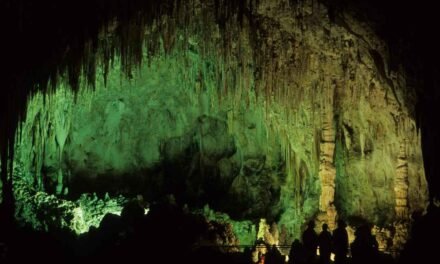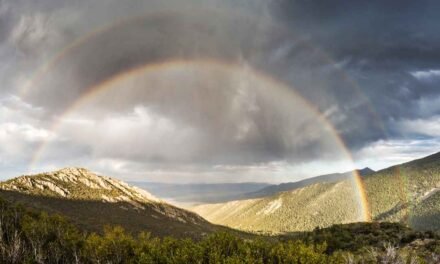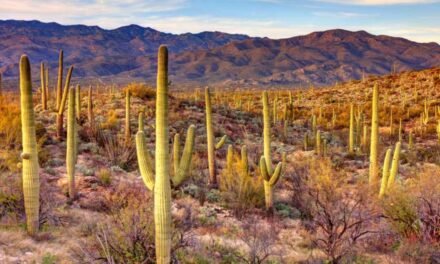Overview
North Cascades National Park, located in the state of Washington, is a stunning wilderness area that boasts a diverse landscape of rugged mountains, pristine alpine lakes, dense forests, and breathtaking waterfalls. The park is renowned for its more than 300 glaciers, making it the most heavily glaciated area in the United States outside of Alaska. With over 500,000 acres of protected land, North Cascades National Park offers visitors unparalleled opportunities for outdoor recreation, wildlife viewing, and solitude in an unspoiled environment.
North Cascades National Park Location
North Cascades National Park is situated in northwestern Washington, approximately 100 miles northeast of Seattle. The park is bordered by Ross Lake National Recreation Area to the east and Lake Chelan National Recreation Area to the south. Access to the park is primarily via State Route 20, also known as the North Cascades Highway, which bisects the park and connects the western and eastern regions.
North Cascades National Park Things to Do
There are countless activities to enjoy in North Cascades National Park, catering to a wide range of interests and skill levels. Some of the most popular activities include:
North Cascades National Park Itineraries
3-Day Itinerary
A 3-day trip to North Cascades National Park allows you to experience some of the park’s highlights and participate in a variety of outdoor activities. Consider the following itinerary:
Day 1:
Day 2:
Day 3:
continue
explore the lake’s turquoise waters at your own pace.
7-Day Itinerary
A 7-day trip provides a more immersive experience and allows you to explore the park’s remote areas and participate in a wider range of activities. Consider the following itinerary:
Day 1-3:
Day 4:
Day 5:
Day 6:
Day 7:
Best Season to Visit North Cascades National Park
The best time to visit North Cascades National Park is during the summer months (June through September), when the weather is generally mild and most of the park’s facilities and roads are open. Keep in mind that the North Cascades Highway is typically closed from November to April due to snow, limiting access to some areas of the park. The fall season (September to October) offers cooler temperatures and beautiful autumn colors, while the spring season (April to June) features blooming wildflowers and rushing waterfalls.
North Cascades National Park Weather
Weather in North Cascades National Park can be highly variable, with temperatures ranging from warm and sunny in the summer months to cold and snowy in the winter. Summer daytime temperatures generally range from the 60s to 80s°F, while nighttime temperatures can drop into the 40s°F. Rain is common throughout the year, particularly in the western regions of the park, so it’s essential to be prepared with appropriate rain gear.
North Cascades National Park Hotels and Camping
There are no hotels within North Cascades National Park, but a variety of lodging options can be found in the nearby towns of Newhalem, Marblemount, and Winthrop. Options include motels, cabins, and bed and breakfasts.
Camping is available at several campgrounds within the park and its adjacent recreation areas, including:
Backcountry camping is also available for those seeking a more remote experience. A backcountry permit is required and can be obtained at park visitor centers or ranger stations.
North Cascades National Park Restaurants
Dining options within North Cascades National Park are limited, so it’s recommended to bring your own food and cooking supplies. The nearby communities of Marblemount, Concrete, and Winthrop offer a variety of restaurants and grocery stores. Additionally, the North Cascades Lodge at Stehekin has a restaurant that serves breakfast, lunch, and dinner.
North Cascades National Park Wildlife and Plants
North Cascades National Park is home to a diverse array of plant and animal species, thanks to its varied ecosystems and elevations. Some of the most notable wildlife species found in the park include:
The park’s plant life is equally diverse, ranging from lush temperate rainforests in the lower elevations to alpine meadows and subalpine forests in the higher elevations. Wildflowers, such as lupines, Indian paintbrush, and glacier lilies, bloom in abundance during the spring and summer months.
North Cascades National Park History
The North Cascades region has a rich history, with evidence of human habitation dating back over 9,000 years. Indigenous peoples, including the Nlaka’pamux, Upper Skagit, and Chelan tribes, have long relied on the area’s abundant natural resources for their livelihoods.
European explorers and fur traders arrived in the area during the late 18th and early 19th centuries. In the mid-1800s, the region experienced a gold rush, which brought an influx of miners and settlers. The late 19th and early 20th centuries saw the development of the logging and hydroelectric industries, which significantly impacted the landscape and local communities.
Efforts to protect the North Cascades began in the early 1900s, and in 1968, North Cascades National Park was established by Congress, preserving the area’s unique natural beauty and cultural heritage for future generations.
North Cascades National Park Geology
The geology of North Cascades National Park is incredibly complex and diverse, featuring a combination of ancient metamorphic rocks, volcanic rocks, and granite. The park is part of the larger North Cascades Range, which was formed over millions of years by the processes of tectonic uplift, volcanism, and glaciation.
The park’s numerous glaciers are a defining feature, with over 300 glaciers found within its boundaries. These glaciers have played a significant role in shaping the landscape, carving deep valleys and leaving behind moraines and other glacial features.
Conclusion
North Cascades National Park offers an unparalleled wilderness experience for visitors seeking outdoor adventure, solitude, and natural beauty. From its rugged peaks and shimmering alpine lakes to its rich history and diverse flora and fauna, the park truly has something for everyone. Whether you’re a first-time visitor or a seasoned explorer, North Cascades National Park is sure to leave a lasting impression and create unforgettable memories.





